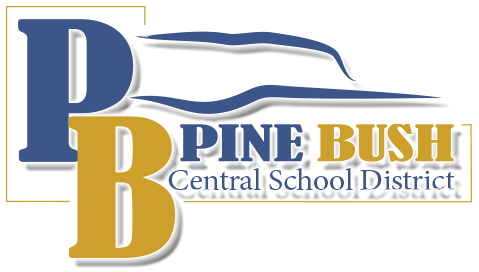2020 7316
Students
SUBJECT: STUDENT USE OF PERSONAL TECHNOLOGY
The Board seeks to maintain a safe and secure environment for students and staff. Advances in technology have made it possible to expand the learning environment beyond traditional classroom boundaries. Using personal electronic devices during instructional time can enable students to explore new concepts, personalize their learning experience, and expand their global learning opportunities. Additionally, the use of personal technology devices is ubiquitous in today’s society and standards for student use during non-instructional time should adapt to this change. This policy defines the use of personal technology during instructional and non-instructional times and reinforces the standard that all use, regardless of its purpose, must follow the guidelines outlined in the Student Acceptable Use Policy (AUP), the District’s Code of Conduct, and the Dignity for All Students Act.
Personal technology includes all existing and emerging technology devices that can take photographs; record or play audio or video; input text; upload and download media; connect to or receive information from the internet; and transmit or receive messages, telephone calls, or images. Examples of personal technology include, but are not limited to, iPods and MP3 players; iPad, Nook, Kindle, and other tablet PCs; laptop and netbook computers; personal digital assistants (PDAs), cell phones and smart phones such as BlackBerry, iPhone, or Droid, as well as any device with similar capabilities. Unacceptable devices include, but are not limited to, gaming devices or consoles, laser pointers, modems or routers, and televisions.
Instructional Purposes
Personal technology use by students is permitted during the school day for instructional purposes and/or in approved locations only. Teachers will indicate when and if classroom use is acceptable. Students are expected to act responsibly and thoughtfully when using technology resources. Students must first inquire with school administrators or teachers when they are unsure of the permissibility of a particular use of technology.
Instructional purposes include, but are not limited to, approved classroom activities, research, college admissions activities, career development, communication with experts, homework, and other activities as deemed appropriate by school staff.
Non-Instructional Uses
Appropriate use of personal technology during non-instructional time is also allowed if students follow the guidelines in the AUP and Code of Conduct. Non-instructional use includes texting, calling, and otherwise communicating with others during free periods and in common areas of the school building such as the hallways, cafeteria, study halls, buses, and student lounges. Other non-instructional uses include Internet searches, reading, listening to music, and watching videos. Use during non-instructional time must be conducted in a safe and unobtrusive manner. Devices must also be in silent mode to avoid disrupting others.
Liability
The District will not be liable for the loss, damage, misuse, or theft of any personal technology brought to any of its schools. The District reserves the right to monitor, inspect, and/or confiscate personal technology when the administration has reasonable suspicion to believe that a violation of school policy or criminal law has occurred.
The Board expressly prohibits use of personal technology in locker rooms, restrooms, Health Offices, and any other areas where a person would reasonably expect some degree of personal privacy.
Prohibition During State Assessments
All students are prohibited from bringing electronic devices into a classroom or other location where a New York State assessment is being administrated. Test proctors, test monitors, and school officials have the right to collect prohibited electronic devices prior to the start of the test and hold them while the test is being administered, including break periods. Admission to any assessment will be denied to any student who refuses to relinquish a prohibited device.
Students with disabilities may use certain devices if the device is specified in that student’s IEP or 504 plan or a student has provided medical documentation that they require the device during testing.
Permission
Students will not be permitted to use personal technology devices in school or at school functions until they have reviewed the AUP, the applicable sections of the Code of Conduct and associated technology guidelines, and signed the Student Use of Personal Technology Permission Form with their parents. The District reserves the right to restrict student use of District-owned technologies and personal technology on school property or at school-sponsored events.
Students must follow the guidelines for use set out in the District Code of Conduct and the AUP at all times. Consequences for misuse are set forth in the District’s Code of Conduct.
NOTE: Refer also to Policies
- #7315 — Student Acceptable Use Policy (AUP)
- #7550 — Dignity for All Students
- #8271 — Internet Safety/Internet Content Filtering
Adopted: 9/22/20
